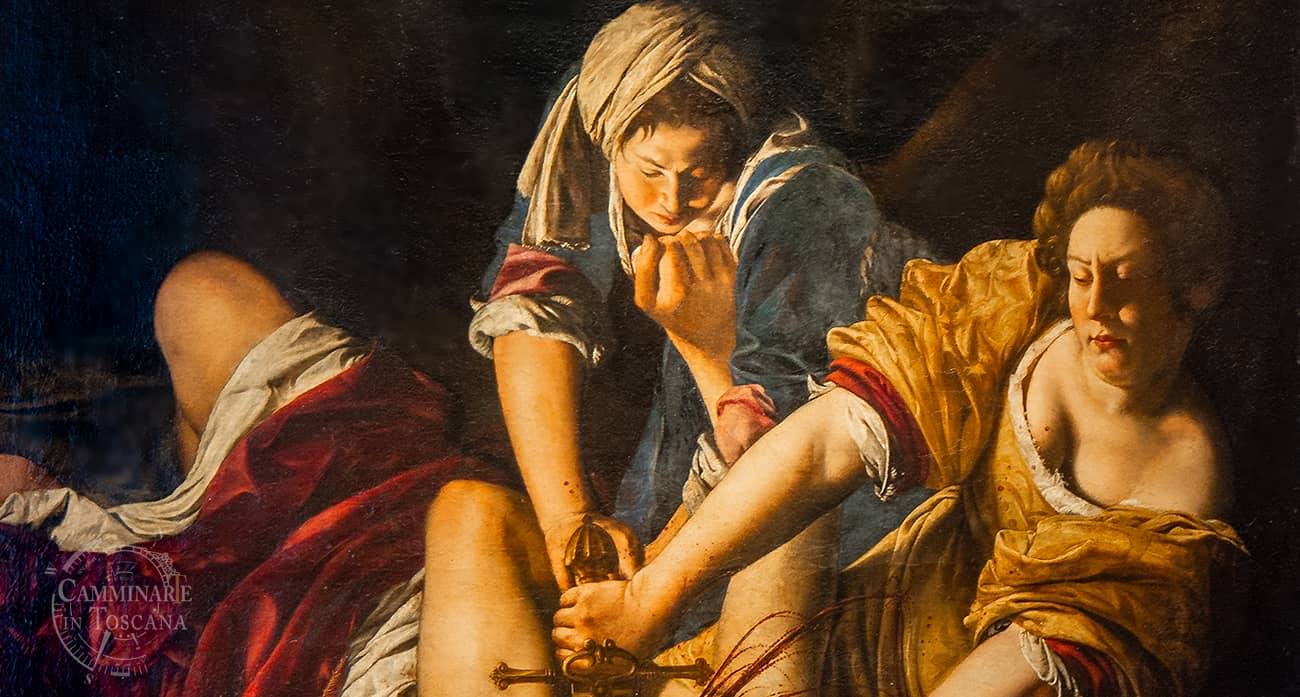The art world has long been shaped by the vision, labor, and leadership of women—but only recently has the industry begun seriously grappling with the inequities that have kept many of those contributions sidelined. While women make up a significant majority of the arts workforce, they continue to face structural challenges that slow their progress, from pay gaps and limited mentorship to the persistent tension between professional ambition and personal obligations. But the tide is turning. Across sectors of the art world—from galleries and auction houses to institutions and independent spaces—women are stepping forward, not just to claim their place, but to reshape the space entirely.
A recent industry-wide survey has helped illuminate where the pressure points lie. Conducted in partnership with a major professional network for women in the arts, the study gathered responses from over 2,000 art-world professionals, many of them based in the U.S. and U.K. The data presents a sobering view: issues like unequal pay, opaque promotion paths, and limited access to mentorship continue to affect the daily experiences and long-term prospects of women across roles and career stages.
Nearly one in five respondents believed they were paid significantly less than male counterparts in similar positions, and many pointed to the lack of transparency in hiring and compensation as a key barrier to progress. At the same time, respondents overwhelmingly agreed that mentorship—particularly across generations—was one of the most critical and effective tools for career growth. Networking opportunities and access to flexible work policies were also named as crucial to women’s professional success in the sector.
These concerns are more than theoretical—they have shaped the careers of countless women in real time, including those at the very top of the industry. One example is the influential New York gallerist Marianne Boesky, whose namesake gallery has helped define contemporary art since the mid-1990s. Boesky rose to prominence by backing talents like Takashi Murakami, Yoshitomo Nara, and Lisa Yuskavage—artists who are now recognized globally. What set Boesky apart early on was her willingness to take creative risks and her commitment to emerging voices, particularly women and artists of color, long before diversity became an industry talking point.
Her career, however, wasn’t without resistance. As a young woman trying to secure financing, she was told she needed a male co-signer. Years later, after becoming a mother, she faced skepticism about whether she could balance parenting with the demands of running an internationally respected gallery. But Boesky didn’t just persevere—she expanded. She launched new gallery spaces in Manhattan and Aspen, collaborated with peers like Dominique Lévy, and continued to evolve her roster to reflect a broader and more inclusive vision.
Her gallery today represents a diverse group of artists, over half of whom are women. This shift wasn’t always a deliberate one—in her words, she simply followed what inspired her. But recent years have made her more conscious of the importance of equity, representation, and intentionality in building a program and a team. She’s now part of a generation of leaders who are rethinking what success looks like—not just in terms of commercial metrics, but in community, collaboration, and care.
This reflects a larger pattern in the art world. More galleries and institutions are acknowledging that promoting women isn’t just about numbers—it’s about creating environments where women can thrive, lead, and redefine norms. It’s about dismantling the myth that professional excellence and personal life are mutually exclusive. And it’s about recognizing that leadership comes in many forms: directorship, mentorship, advocacy, and innovation.
For real change to take hold, the art world will need to push further. Transparency in hiring and compensation practices, meaningful mentorship opportunities, and institutional policies that support work-life balance are essential steps forward. But perhaps even more important is a cultural shift—a collective willingness to recognize the unique challenges women face, and to celebrate the unique strengths they bring.
The data is clear. The stories are real. And the moment is here. Women have long been the backbone of the art world—now they are becoming its architects.

